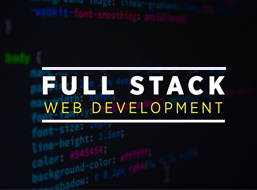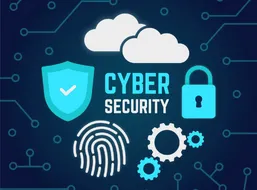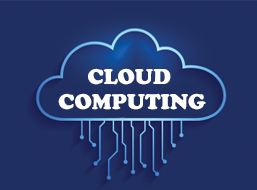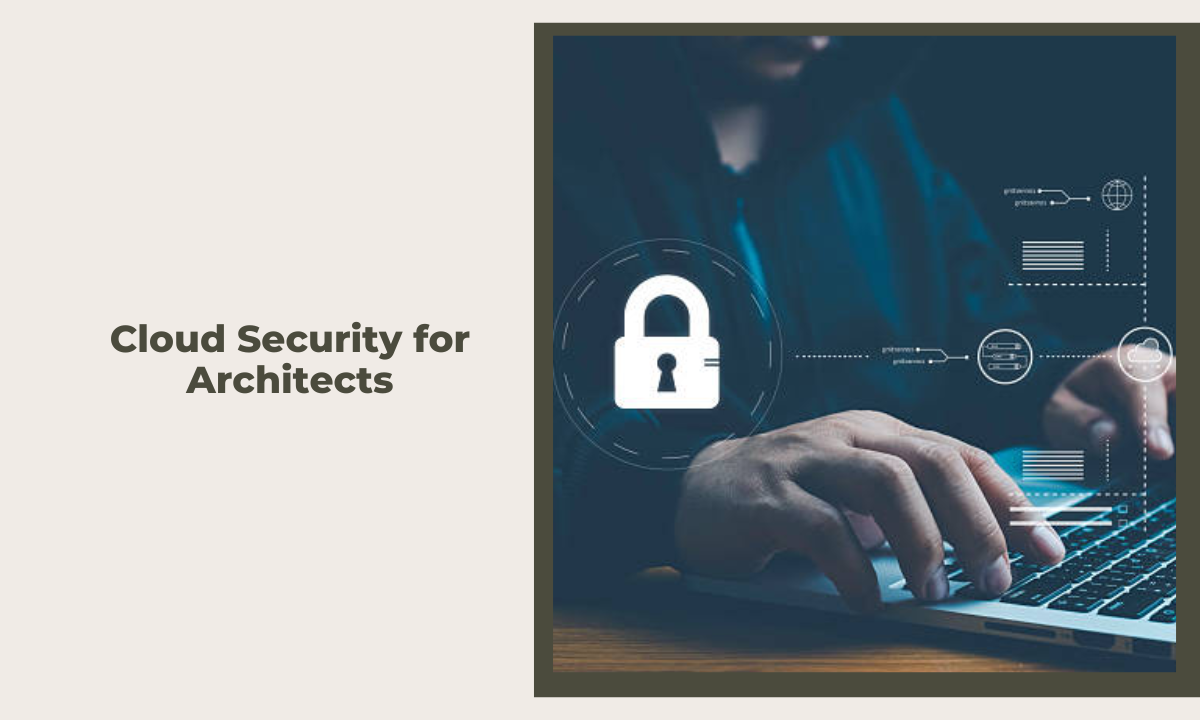Table of contents:
|
1. Emergence of AI-Driven Detection & Automated Response |
|
2. Zero Trust Becomes the Default Model |
|
3. Consolidated, Native Cloud Security Platforms (CNAPP / SSE / SASE) |
|
4. Data Security, Governance & Confidential Computing |
|
5. Stronger Focus on API & Workload Protection |
|
6. Automation, Continuous Threat Management & CTEM |
|
7. Growing Importance of SOC Integration with Cloud Security |
|
8. Addressing Persistent Challenges: Misconfigurations, Talent Gaps & Complexity |
|
9. The Role of Training & Skills: Why a Cloud Security Course Matters |
|
10. Conclusion |
|
11. FAQs |
As a trainer at Apponix, I often start my sessions by saying, “Cloud security trends are not just buzzwords. They are key changes that decide if your cloud infrastructure thrives or fails.”
In today’s fast-evolving environment, being aware of the latest cloud security developments is non-negotiable for any serious cloud security architect or cloud security engineer. Whether you are designing multi-cloud systems or guiding teams in Bangalore through a cloud computing training course, understanding what’s coming helps you lead better, anticipate threats, and build systems that last.
Here are the key trends I focus on in my classes. Recent industry findings support these trends. I will also show you how to prepare for success in cloud security.
Emergence of AI-Driven Detection & Automated Response
One of the dominant cloud security trends is the rise of AI and ML being integrated deeply into threat detection, response, and predictive defense.
As Check Point notes, AI is helping flag anomalous behavior across cloud workloads and reduce response times. In fact, many organizations surveyed plan to adopt generative AI for security in 2024 and beyond.
From my training experience, when I show real-world scenarios of credential abuse, insider threat, or lateral movement, AI helps detect patterns invisible to humans. In practice, this means behavioral baselining, anomaly scoring, and automated blocking actions, all of which elevate your role as a cloud security architect from reactive to proactive.
Zero Trust Becomes the Default Model
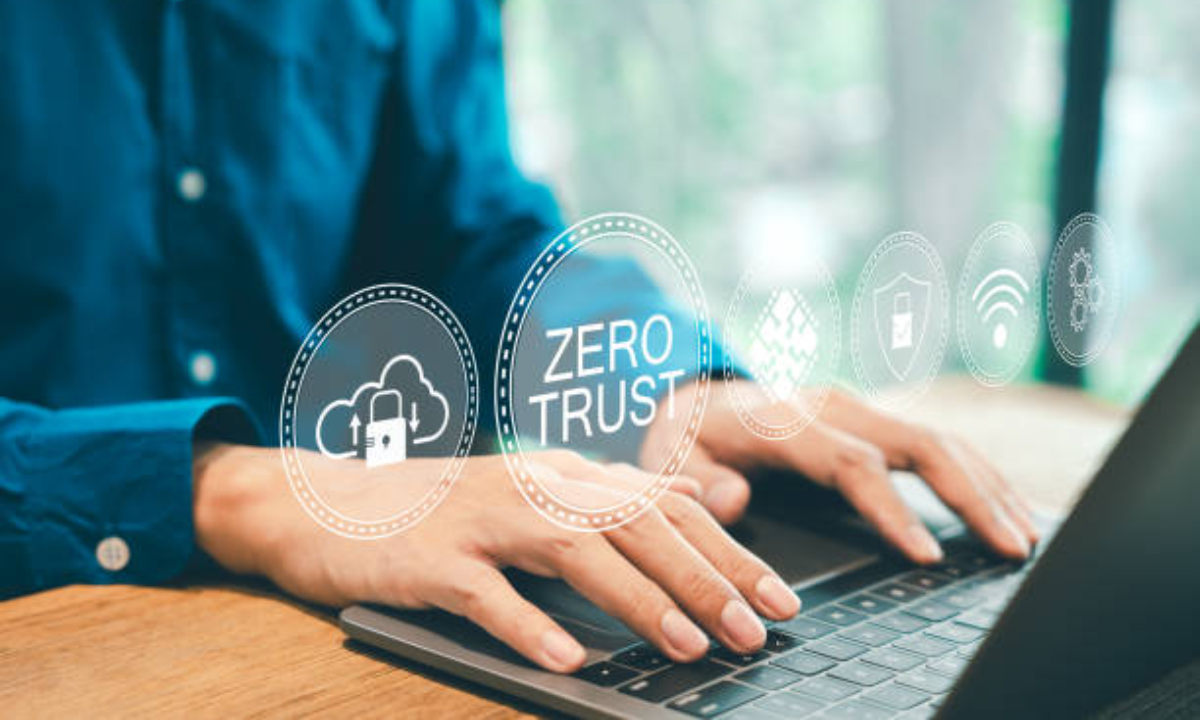
If there’s one principle I hammer home in class, it’s zero trust. Rather than trusting any authenticated user or device, you must continuously verify identity, context, and device posture. Many leading voices list Zero Trust as a top trend in 2025.
As cloud security fundamentals teach, trust boundaries vanish in dynamic cloud environments. So, zero trust isn’t optional; it's essential.
In hands-on labs, I walk learners through implementing strict identity checks, microsegmentation, and fine-grained access policies within AWS, Azure, or hybrid cloud stacks.
Consolidated, Native Cloud Security Platforms (CNAPP / SSE / SASE)
Traditional point tools no longer scale well in cloud environments. That’s why a trend I repeatedly emphasize is the shift toward unified platforms like Cloud-Native Application Protection Platforms (CNAPP), Security Service Edge (SSE), and Secure Access Service Edge (SASE).
In my workshops, we compare disparate tools vs. integrated platforms. A unified cloud security ecosystem grants uniform policy enforcement, improved visibility, and fewer gaps. That’s especially critical when you're juggling hybrid or multi-cloud architectures, a challenge many teams face today.
Data Security, Governance & Confidential Computing

Securing data in the cloud is no longer just about encryption at rest and in transit. Modern cloud security trends emphasize data discovery, classification, governance, and advanced cryptography.
Confidential computing (protecting data even in use) and quantum-resilient encryption are gaining traction, especially in futuristic roadmaps you’ll see in enterprise environments.
In Apponix’s advanced labs, I show participants how to integrate Bring Your Own Encryption (BYOE) and how to plan for crypto agility (i.e., flexibility to swap cryptographic algorithms) to preempt quantum risks.
Stronger Focus on API & Workload Protection
Cloud-native architectures rely heavily on APIs and microservices. Attackers increasingly target APIs, misconfigured endpoints, and insecure interfaces. Also, Cloud Workload Protection Platforms (CWPPs) and runtime workload security are becoming non-negotiable components.
In training spaces, I present examples where a slip in API authentication or exposure of sensitive endpoints led to significant data leaks. It underscores why you must design with workload-level defense in mind, not just perimeter control.
Automation, Continuous Threat Management & CTEM
As cloud operations scale, manual processes won’t cut it. The trend toward Continuous Threat Exposure Management (CTEM) and automated risk workflows is reshaping our approach to cloud protection.
At Apponix, I lead hands-on sessions where learners build pipelines that continuously scan for misconfigurations, drift, and policy violations, feeding results into remediation workflows. This isn’t a “set and forget” model; it’s about actively managing your attack surface.
Growing Importance of SOC Integration with Cloud Security
In 2025, cloud security can no longer live in isolation. The convergence of Security Operations Centres (SOC) and cloud threat functions is accelerating. SOC teams are now expected to incorporate cloud-native telemetry, incident response, and threat hunting.
During my training, we simulate incidents where logs from the cloud, identity, and application layers must be coordinated. You’re not just an architect; you become part of the SOC fabric, ensuring your design aligns with operational detection and response.
Addressing Persistent Challenges: Misconfigurations, Talent Gaps & Complexity
Despite all the innovations, several cloud security challenges persist:
-
Misconfigurations & Drift: Cloud environments are fluid, and mistakes in IAM, network rules, or permissions remain the top vector.
-
Visibility gaps across hybrid or multi-cloud architectures.
-
Shortage of skilled experts capable of designing and orchestrating advanced cloud security.
-
Regulatory and compliance complexity, particularly when data sovereignty, jurisdictional encryption, or cross-border cloud services are involved.
In my courses, we repeatedly stress the importance of least privilege, defense in depth, continuous monitoring, and strong fundamentals so these challenges don’t become showstoppers.
The Role of Training & Skills: Why a Cloud Security Course Matters
To ride these trends well, you must invest in learning. A quality cloud security course or a cloud computing training course in Bangalore can help bridge the gap between theoretical knowledge and real-world practice.
As your trainer, I design labs simulating probabilistic threats, multi-cloud stacks, and advanced defences, so when you step into a role as a cloud security engineer or security architect, you’re not learning on the job; you’re ready from day one.
Choosing a training institute in Bangalore that stays current and integrates these trends is key. A program with hands-on labs around AI detection, workload protection, CTEM, API security, and zero trust gives you leverage.
Conclusion
In my years at Apponix, training aspiring cloud architects and security engineers, I’ve seen how awareness of cloud security trends becomes a differentiator. The days of reactive defense are over. The cloud demands intelligent architectures, proactive controls, and integrated security models.
When you fully understand AI-driven detection, adopt zero trust, work with unified security platforms, and protect workloads and APIs, your designs become not just secure but resilient. Add to that automation, CTEM, and SOC integration, and you're answering the real challenge: how to secure dynamic environments gracefully.
I encourage you, whether you're preparing for a cloud security architect role or just getting started, to invest in a cloud security course that embraces these trends. Enrolling in a cloud computing training course in Bangalore at Apponix could be your launchpad.
FAQs
Q: What exactly are “Cloud Security Trends”?
They’re the evolving directions and innovations in how cloud systems are protected—covering detection, governance, architecture, and threat response.
Q: What are the core cloud security fundamentals I must master first?
Identity & Access Management (IAM), encryption (data at rest/in transit), secure network segmentation, logging & monitoring, and the shared responsibility model.
Q: What makes cloud security in cloud computing different from traditional security?
In the cloud, infrastructure is ephemeral, resources are interlinked, APIs are integral, and human error/misconfigurations are far more prevalent. Also, you share responsibility with the cloud provider.
Q: Which cloud security tools should I know?
Look into CSPM tools, CWPP, CASB, SIEM/XDR, workload protection, API gateways, and unified cloud security platforms.
Q: How is a cloud security engineer/architect different?
An engineer focuses on implementation, coding policies, enabling controls, and deploying tools. An architect designs the security strategy, guardrails, and integration across systems.
Q: Are there certifications or courses I should aim for?
Yes, choose a cloud security course that covers these emerging trends and secure cloud architectures and labs and is aligned with industry standards. Apponix’s Cloud Security curriculum is one such path.
Q: What’s the biggest challenge cloud professionals face?
Keeping up with complexity, too many moving parts, multi-cloud architectures, drift, and evolving threats. Continuous learning and strong fundamentals are the antidote.
